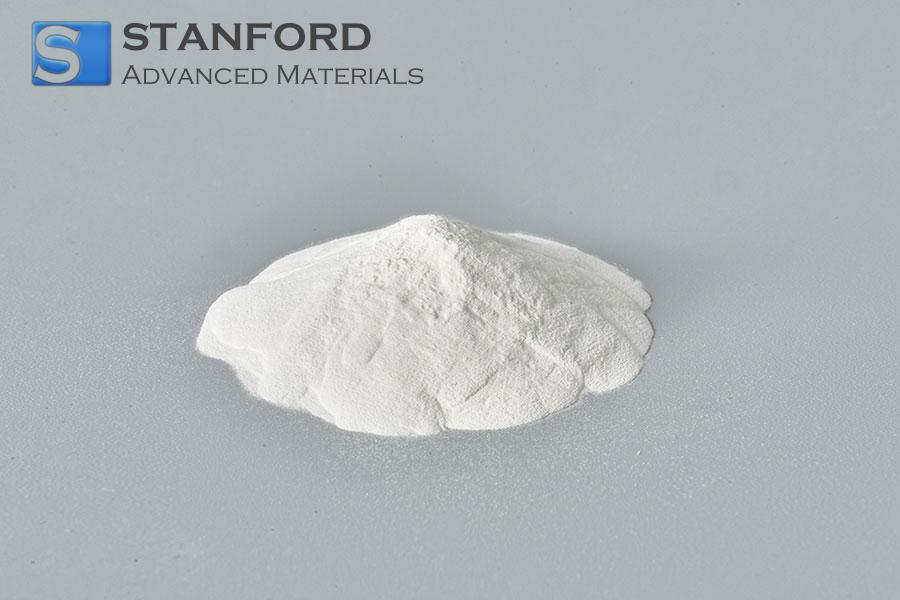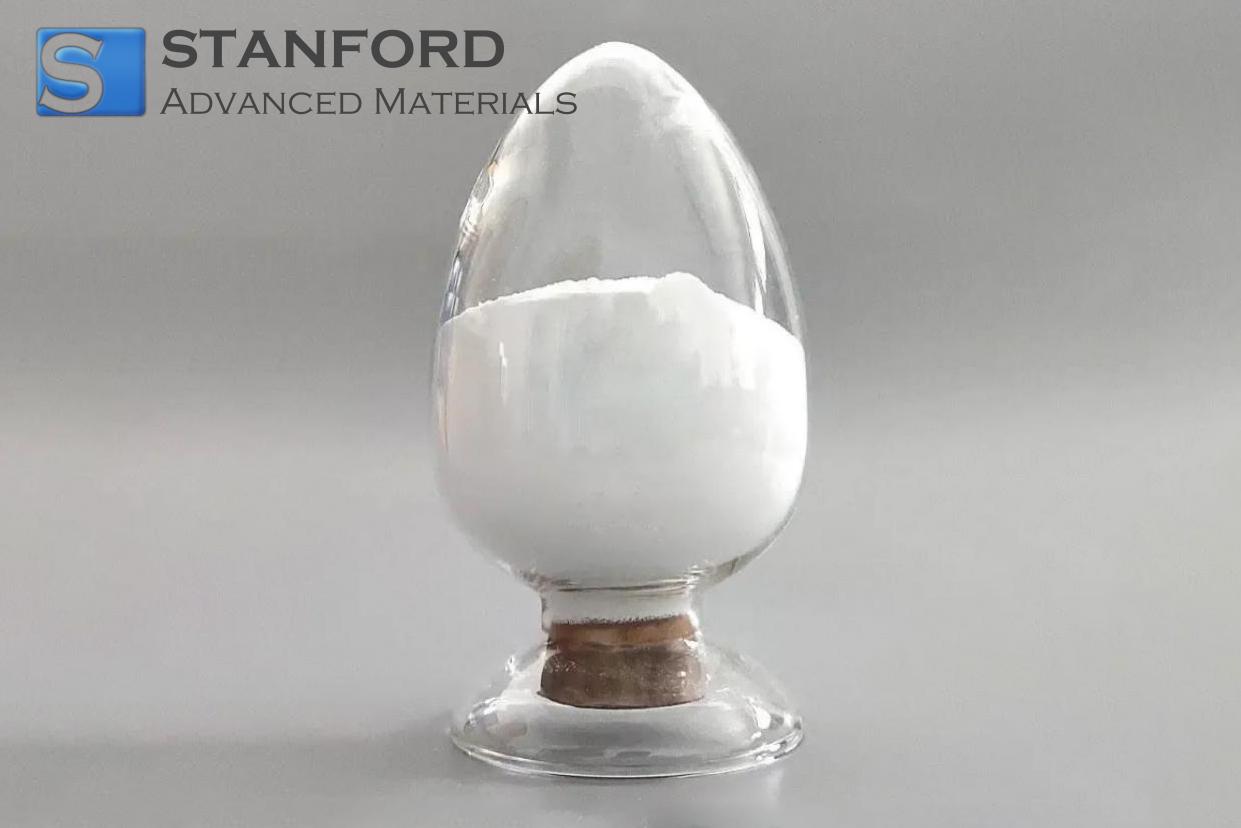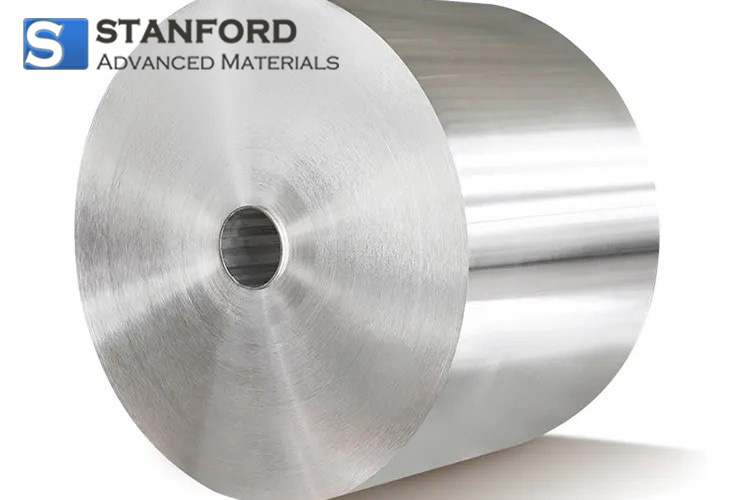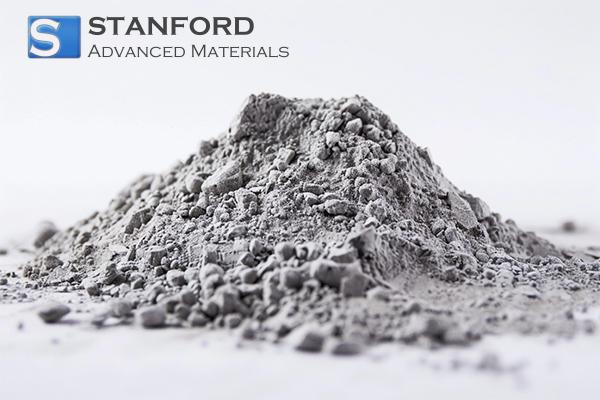The Corrosion Protection Technology Of Aluminum Alloys
Advantages of Aluminium Alloys in Shipbuilding
The advantages of the Aluminium Alloy include a low specific weight, high specific strength, good resistance to sea water corrosion, non-magnetic properties and reliable performance at low temperatures. Consequently, these properties have received increased attention in shipbuilding.
Ships that use aluminium alloys as hull material can reduce weight, increase stability and speed, and improve technical and tactical performance. Aluminium alloys are particularly suitable for high-speed planing boats, hovercraft, small overwater vessels and certain specialised ships. Given that protective gas welding techniques have been developed, production costs have been reduced and the application of aluminium alloys in shipbuilding has expanded.

Coating Systems for Marine Environments
The marine environment is relatively harsh, thereby imposing higher requirements for corrosion protection of aluminium alloys in operational settings. The corrosive conditions affecting the hull below the waterline differ from those above. The submerged hull experiences erosion from natural sea water ingress and biofouling, while the area above is subject to salt spray corrosion and atmospheric ageing. Consequently, the corrosion protection coatings for the submerged hull and the superstructure are not identical.
- Under the waterline: The coatings must resist infiltration erosion and biofouling. Typically, polyurethane deck coatings, epoxy primers and specific antifouling coatings are applied.
- Above the waterline: The coatings must withstand weather exposure, retain gloss and be compatible with primers. Typically, polyurethane deck coatings, alkyd deck coatings and acrylic deck coatings are employed. Modern fluorocarbon coatings modified with epoxy or acrylic offer enhanced performance.
Read more: How does Aluminium Alloy protect ships against corrosion?
Corrosion Protection Technologies for Aluminium Alloys
To mitigate corrosion, various protective technologies and methods are implemented:
- Anodising enhances the natural oxide layer on aluminium and increases resistance to corrosion and wear. Different types of anodising exist. These include sulphuric acid anodising, hard anodising and chromic acid anodising, each offering a distinct level of protection and specific applications.

- Chromating coating forms a protective chromate layer on the aluminium surface. This layer provides adequate corrosion resistance and acts as a foundation for further coatings.
- Organic coatings such as paints, varnishes and powder coatings form a physical barrier against corrosive elements. Polyurethane coatings offer good UV resistance; epoxy coatings provide strong adhesion and chemical resistance; and powder coatings produce a durable finish.
- Cathodic protection utilises sacrificial anodes such as zinc or magnesium. These anodes corrode in place of the aluminium. External current systems employ an external power source to maintain protection.
- Galvanising applies a metallic layer, for example nickel or chromium, onto the aluminium surface to increase corrosion resistance.
- Inhibitors are chemicals added to the environment to slow the corrosion process. They may be either organic or inorganic.
- Surface treatments such as laser melting, ion implantation and shot peening alter the aluminium surface to improve its resistance to corrosion.
These technologies and methods collectively protect aluminium alloys against corrosion and ensure their durability and longevity in various applications, particularly in harsh marine environments.
Conclusion
Aluminium alloys offer significant advantages for shipbuilding, such as reduced weight, enhanced performance and good corrosion resistance. Effective corrosion protection strategies tailored to the specific environmental conditions encountered by different parts of a ship ensure the durability and reliability of vessels constructed with aluminium alloys. The application of a combination of anodising, coatings, cathodic protection and other techniques optimises the corrosion resistance of aluminium alloys in maritime applications. Further information is available at Stanford Advanced Materials (SAM).
Reference:
[1] Ahmad, Hafiz Imran & Sharif, Muhammad & Hussain, Safdar & Badar, M. & Afzal, H. (2013). Spectroscopic Study of a Radio-Frequency Atmospheric Pressure Dielectric Barrier Discharge with Anodic Alumina as the Dielectric. Plasma Science and Technology. 15. 900. 10.1088/1009-0630/15/9/13.

 Bars
Bars
 Beads & Spheres
Beads & Spheres
 Bolts & Nuts
Bolts & Nuts
 Crucibles
Crucibles
 Discs
Discs
 Fibers & Fabrics
Fibers & Fabrics
 Films
Films
 Flake
Flake
 Foams
Foams
 Foil
Foil
 Granules
Granules
 Honeycombs
Honeycombs
 Ink
Ink
 Laminate
Laminate
 Lumps
Lumps
 Meshes
Meshes
 Metallised Film
Metallised Film
 Plate
Plate
 Powders
Powders
 Rod
Rod
 Sheets
Sheets
 Single Crystals
Single Crystals
 Sputtering Target
Sputtering Target
 Tubes
Tubes
 Washer
Washer
 Wires
Wires
 Converters & Calculators
Converters & Calculators
 Write for Us
Write for Us




 Chin Trento
Chin Trento


